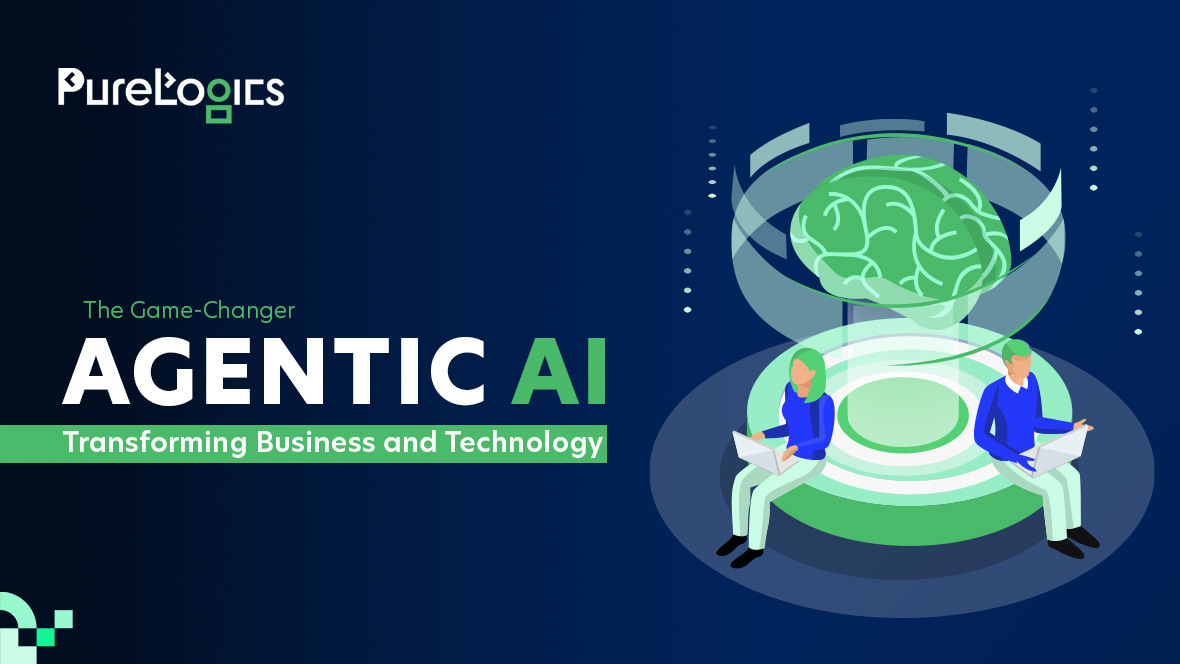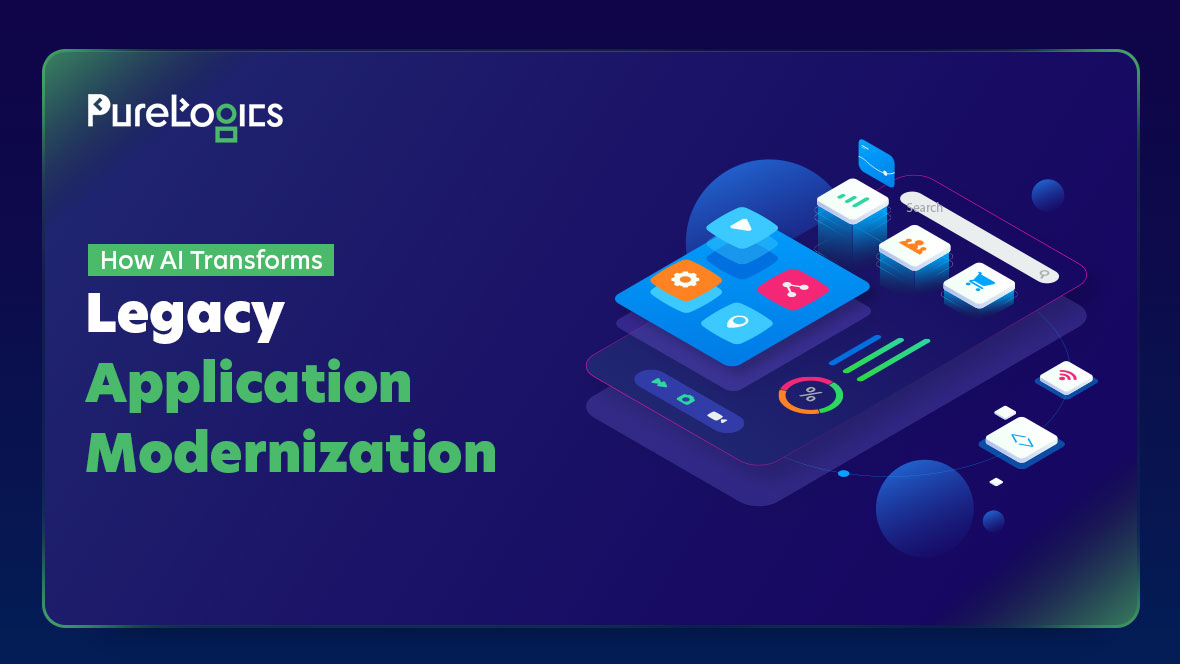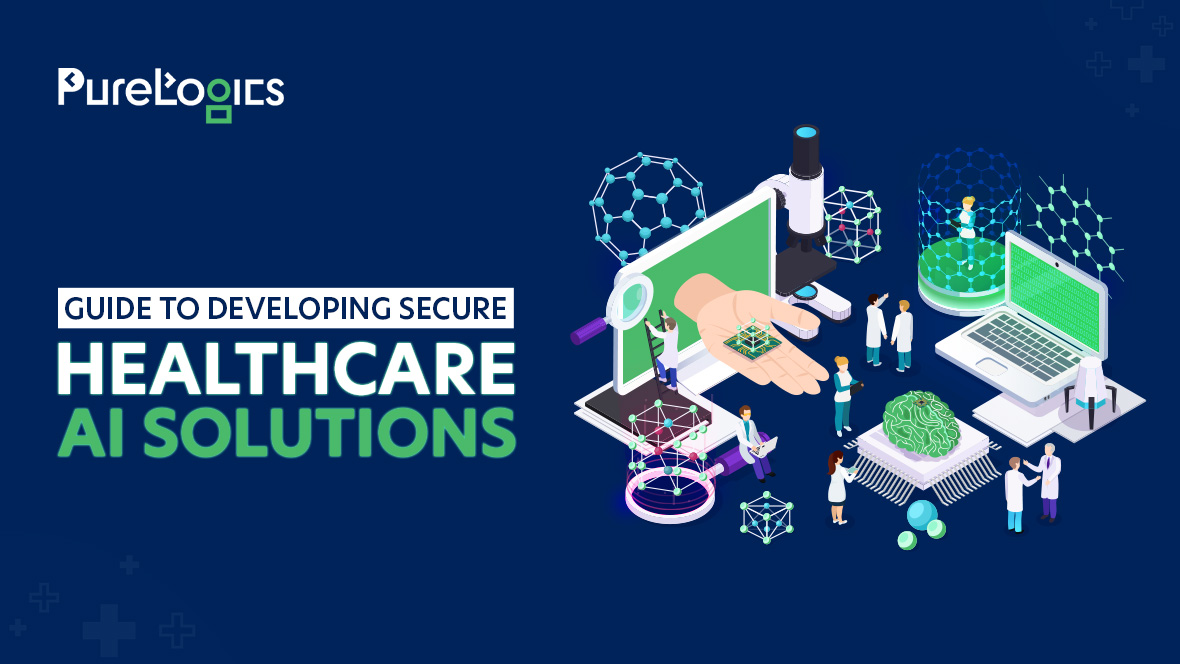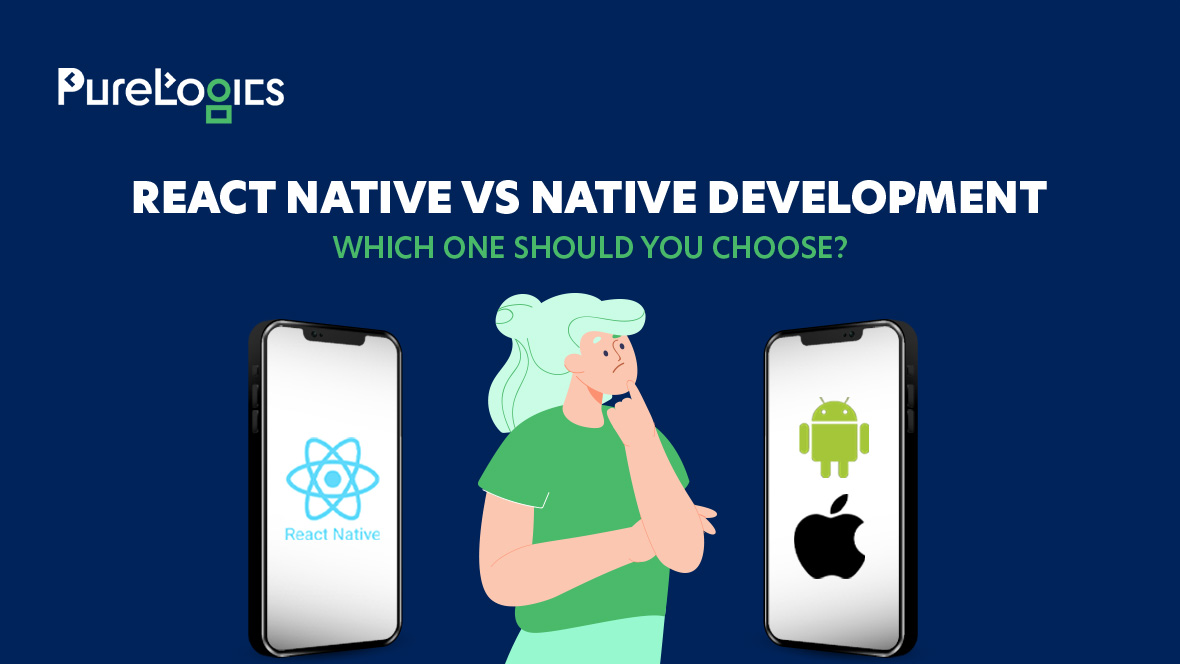Imagine this: You’re browsing your favorite e-commerce app late at night, searching for the perfect pair of shoes. As questions arise—about size, delivery times, or even current promotions—you hesitate. No human customer service is available at this hour, but instead of waiting until morning, you tap a button labeled Chat Now. Instantly, a conversational interface opens, and within seconds, a chatbot provides not just answers but personalized suggestions tailored to your style and location.
This isn’t a scene from a sci-fi movie; it’s a reality many businesses are implementing today. Thanks to advancements in transformer-based AI models, chatbots have evolved from basic scripted interactions to providing sophisticated, human-like responses. This blog explores how integrating AI-powered chatbots, specifically those leveraging transformer models, can elevate mobile app experiences, reduce costs, and drive user engagement.
Understanding the Role of Transformer Models in Chatbots
At the heart of modern chatbot development lies the transformer model, a revolutionary architecture introduced in the paper Attention is All You Need by Vaswani et al. Transformers use self-attention mechanisms to process and generate contextually accurate and coherent responses.
Key Features of Transformer Models
| Feature | Explanation |
| Self-Attention | Allows the model to weigh the importance of each word in a sentence relative to others. |
| Parallelization | Enables faster training and inference by processing input sequences simultaneously rather than sequentially. |
| Context Awareness | Captures long-range dependencies, making it suitable for understanding nuanced queries and providing detailed responses. |
Models like OpenAI’s GPT, Google’s BERT, and Meta’s LLaMA are all built upon this architecture, each offering unique strengths for various chatbot applications.
Benefits of Integrating AI-Powered Chatbots in Mobile Apps
24/7 Customer Support
AI-powered chatbots ensure round-the-clock availability, catering to users in different time zones. Businesses can maintain consistent support without the overhead costs of hiring large teams.
Personalization at Scale
Chatbots using transformer models can analyze user data in real time to provide tailored experiences. For instance, a fitness app chatbot can suggest workout plans based on a user’s previous interactions and current health metrics.
Improved User Retention
Engaging, helpful, and human-like interactions keep users coming back. Studies have shown that apps with integrated chatbots see a 20-30% increase in user retention compared to those without.
Cost Efficiency
While developing and training a transformer-based chatbot may have an upfront cost, the long-term savings on customer support salaries, training, and infrastructure are significant. According to a report by Juniper Research, chatbots could save businesses $11 billion annually by 2025.
Real-World Applications that are Transforming Industries
E-Commerce: Chatbots in e-commerce apps provide a seamless shopping experience. H&M’s mobile app, for instance, uses a chatbot to suggest outfits, help users navigate sales, and track orders.
Healthcare: Healthcare apps integrate chatbots to assist patients with symptom checking, appointment scheduling, and providing medication reminders. Babylon Health uses AI to triage patient conditions effectively.
Banking and Finance: Financial institutions employ chatbots for balance inquiries, fraud detection, and personalized investment advice. Bank of America’s Erica is a notable example, leveraging AI to provide real-time financial guidance.
Case Study: Duolingo’s AI-Powered Chatbot
Duolingo, a popular language-learning app, introduced an AI-powered chatbot to help users practice real-life conversations. Using a transformer-based model, the chatbot provides contextually accurate replies, simulating conversations with a native speaker.
Results:
- Increased user engagement by 12%.
- Reduced dependency on human language tutors.
- Improved learning outcomes as users practiced more frequently.
Key Considerations When Integrating AI Chatbots
1. Data Privacy and Security
Since chatbots interact directly with users, ensuring data privacy is paramount. Implementing strong encryption and complying with GDPR or CCPA regulations is essential.
2. Training and Fine-Tuning
Pre-trained models like GPT or BERT must be fine-tuned on domain-specific data to ensure relevance. For instance, a chatbot for a legal services app requires training on legal terminologies and case studies.
3. User Experience Design
The chatbot interface should blend seamlessly with the app’s design. A cluttered or non-intuitive UI can frustrate users, negating the benefits of AI-driven conversations.
Comparison Table: Pre-Trained Models for Chatbots
| Model | Strength | Use Case |
| GPT | Conversational fluency, creative responses | General-purpose chatbots for e-commerce, support, etc. |
| BERT | Understanding context and sentiment | Sentiment analysis, customer feedback interpretation |
| LLaMA | Efficiency and smaller deployment | Lightweight apps requiring fast processing |
How to Successfully Integrate AI Chatbots in Mobile Apps
Step 1: Define the Chatbot’s Purpose
Clarify what the chatbot will achieve. Is it for customer support, lead generation, or user onboarding?
Step 2: Choose the Right Model
Select a pre-trained transformer model and customize it to align with your app’s requirements.
Step 3: Test and Optimize
Deploy the chatbot in a controlled environment, gather user feedback, and optimize its performance based on real-world interactions.
Step 4: Monitor and Update
Post-deployment, continuously monitor the chatbot’s performance, retraining it periodically to adapt to changing user behaviors and data trends.
Future Prospects: What’s Next?
The integration of AI-powered chatbots in mobile apps is just the beginning. As transformer models evolve, we can expect even more advanced capabilities, such as real-time emotional intelligence, multilingual support, and seamless voice interaction.
Incorporating AI-powered chatbots into your mobile apps is no longer a luxury—it’s a necessity for businesses aiming to stay competitive. From personalized user experiences to cost-saving automation, the potential is immense.
Looking to integrate chatbots into your mobile app? PureLogics is here to help you leverage the power of AI and transform your business.
Fill out the form to acquire our free consultation of 30 minutes.


 [tta_listen_btn]
[tta_listen_btn]
 March 24 2025
March 24 2025






